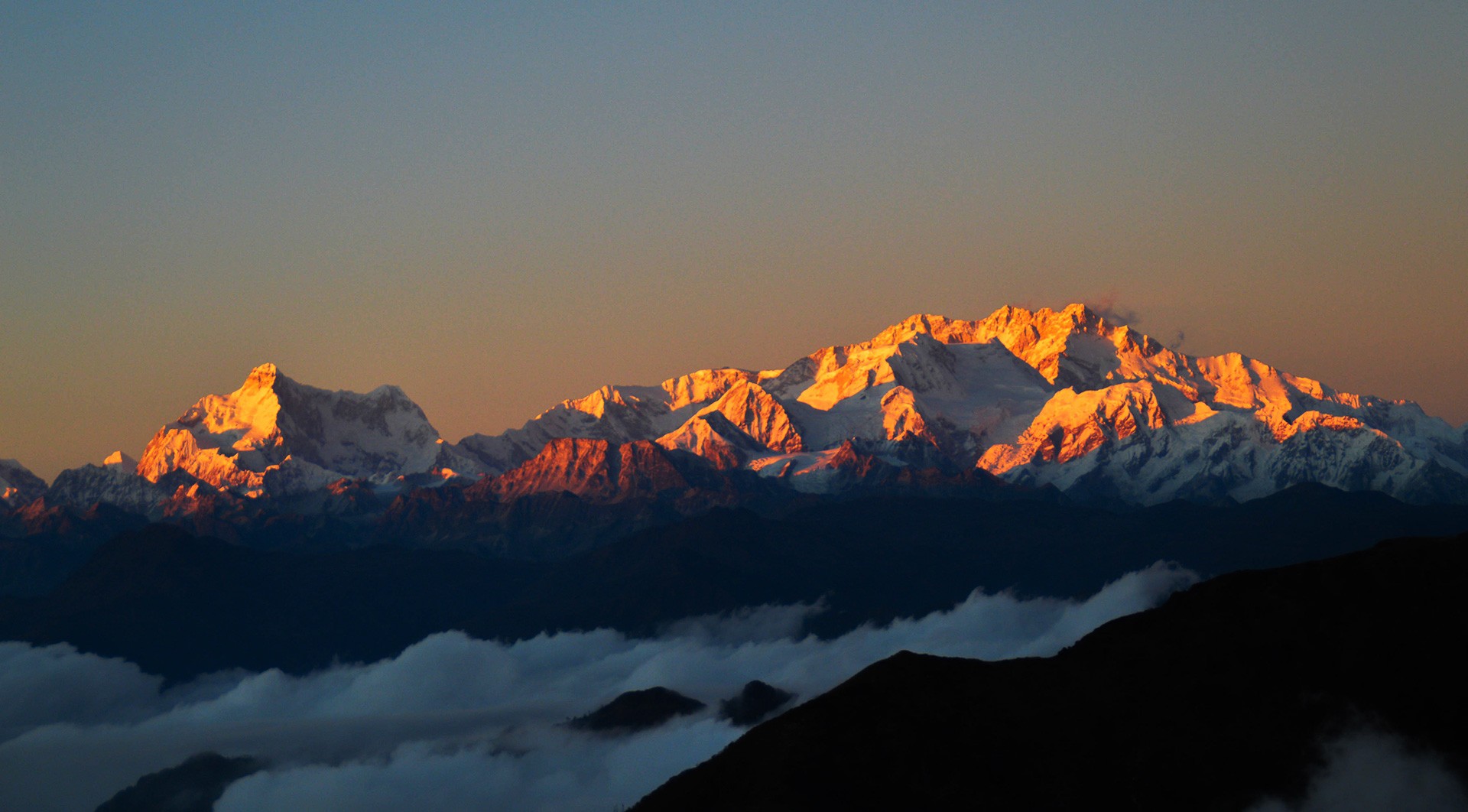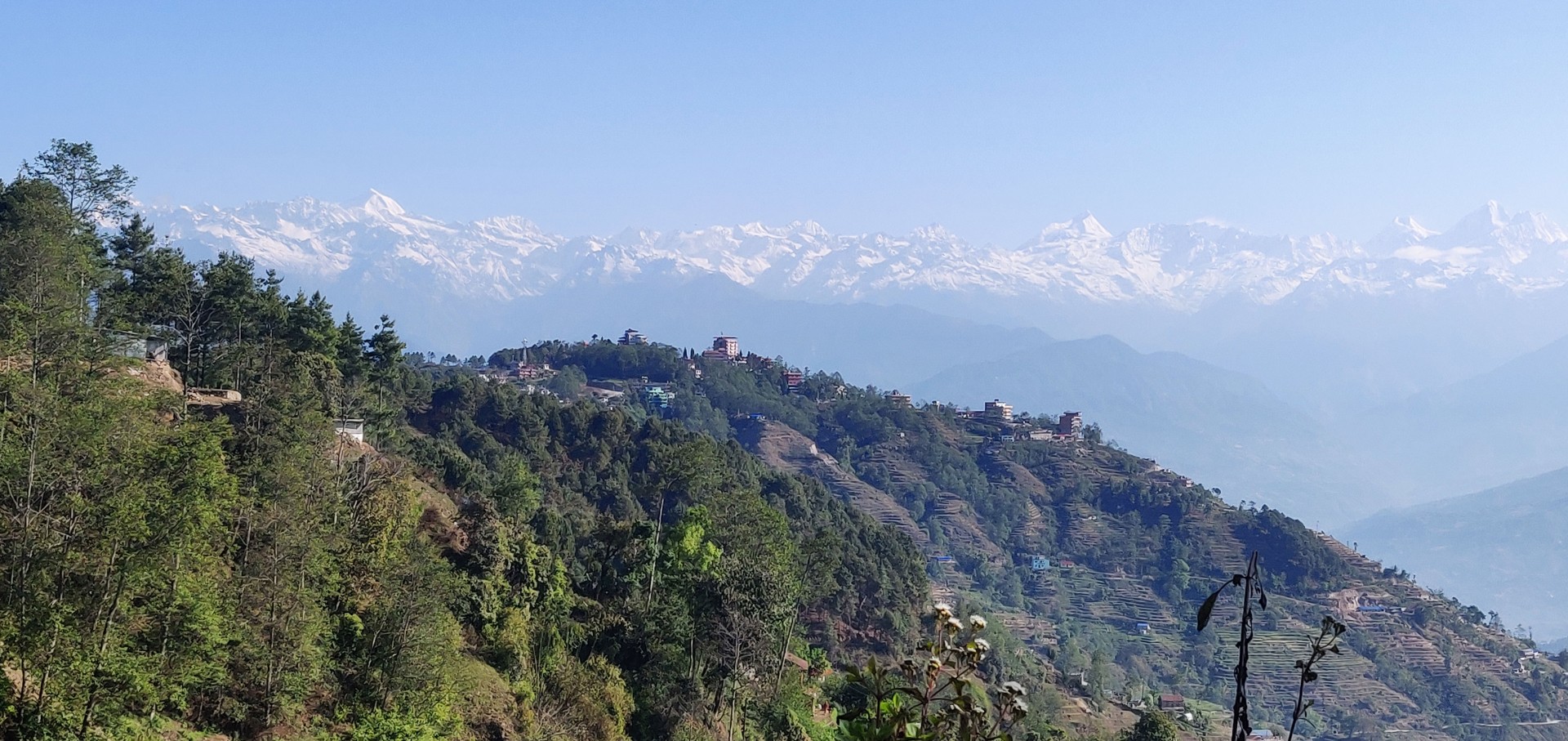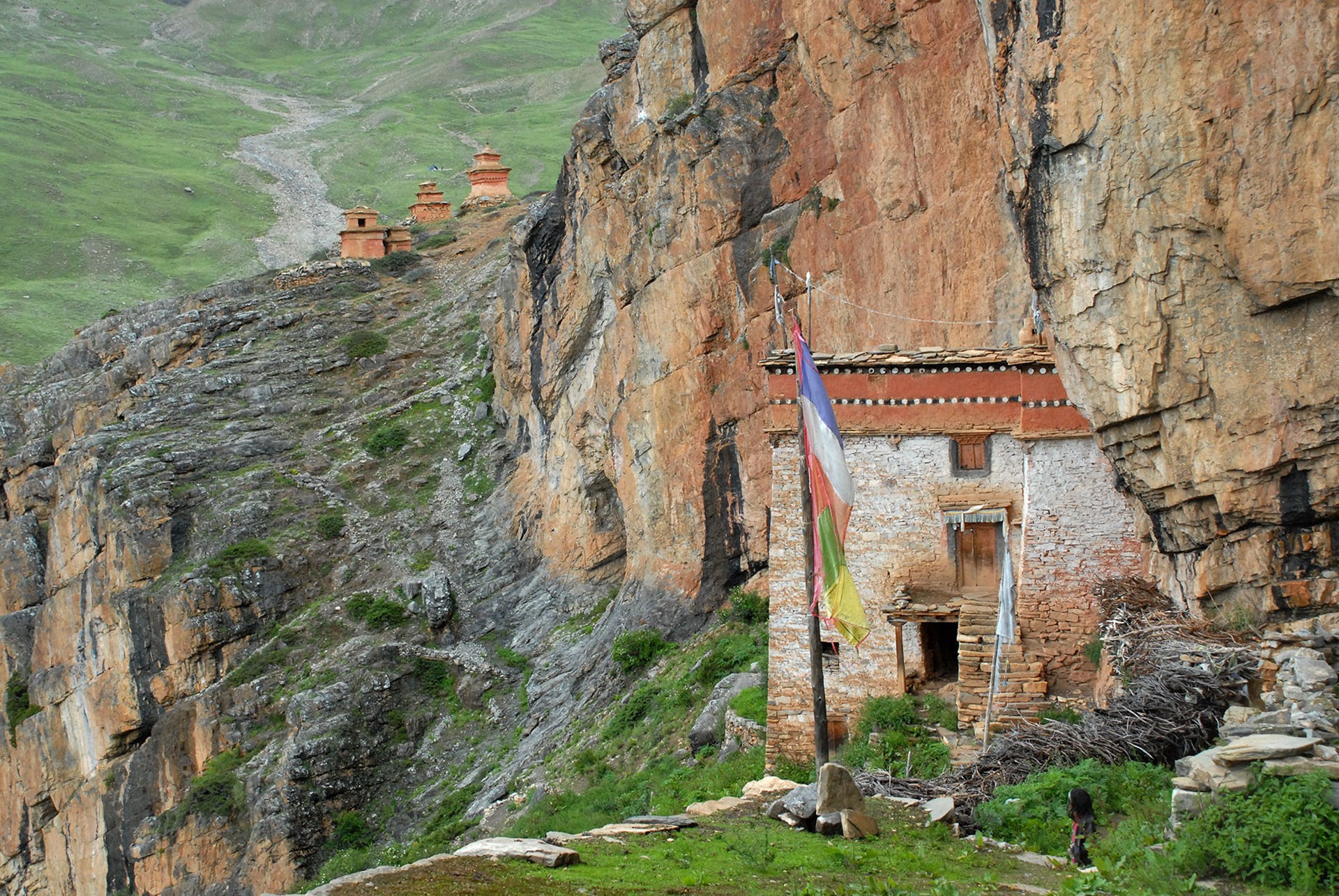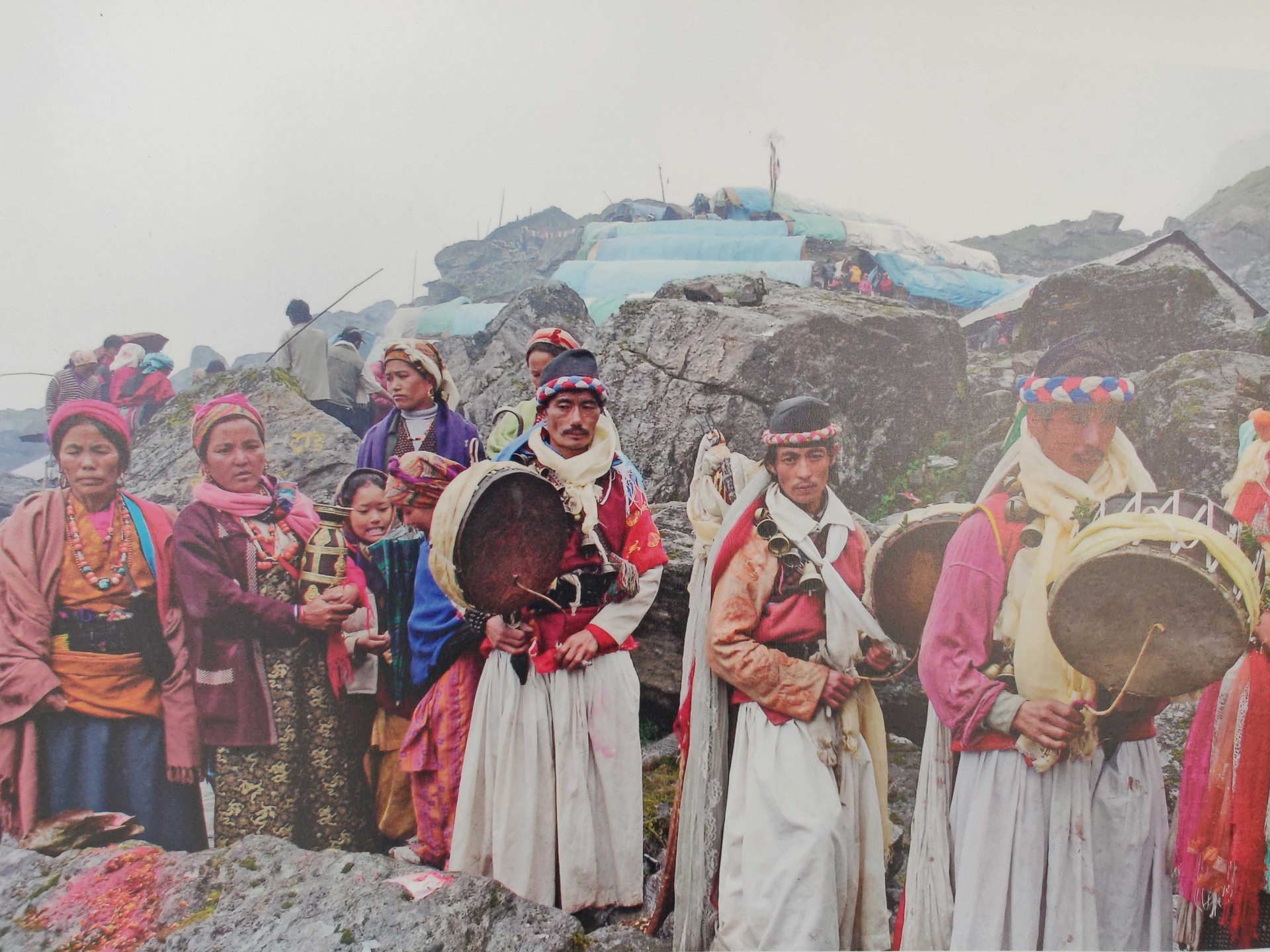Swayambhunath - Kathmandu - Patan 1D
Day Tour in Kathmandu valley offers the cultural sightseeing of 3 UNESCO World Heritage Sites. After breakfast around 8 am in the morning this one day descover starts and ends around 4-5pm according to the clients interests.
Cultural visit starts from the Syowanbhunath Stupa also known as "Monkey Temple" Buddhists Pilgrimage site.
Then we drive to Kathmandu Darbar Square to visit Kumari (vergin living goddess) Temple date back to 17th century, different pagoda temples, Kal Bhairav (black stone sculpture) worship by hindus people as god Shiva.
Finally we drive to visit Patan Darbar Square, 5km south from Kathmandu, an ancient historical and cultural city date back to 9th century. This is also known as city of fine arts. Golden temple, Mulchowk, Sundarichowk, Kumbheshwor 5 stored temple and Mahabouddha shikhara temple known as 1000 bouddha sculpted in every single brick. One can also visit Nepal's one of the best Musieum here.
Swyambhunath
lies 3 km west of Kathmandu. Swayambhunath is one of the holiest ancient Buddhist stupa in Nepal. Swayambhu means “self-existent one”. It was said to be built by King Manadeva in 460 A.D. as per the stone inscription. During the 13th century, Swayambhunath had developed into an important center of Buddhism. It is believed that kathmandu valley used to be a huge lake by the name of Nagadaha. Bipashwi Buddha sowed the seed of lotus flower that bloomed in the middle of a lake. A lot of devotees come to pay homeage to the holy lotus. Manjushree (God of knowledge and wisdom) came from China and paid homage to the holy lotus from the place called Nilgiri (which is present day Nagarkot). He drained the water out of the lake from the palce called Chovar. It is believed that he coverd the holy lotus with the dome and meditated..
Temple of Harati Ajima, Nagpur, Pratappur, Anantapur, Agnipur, Santipur, Vasupur, Bayupur, Bihars, and Chaityas, prayer flags(representing five cardinal elements of life) are the major highlights of Swayambhu. Swayambhu is perhaps the best place to observe religious harmony in Nepal.
Kathmandu Durbar Square
It is believed that around 2500 years ago Kathamndu valley used to be a great lake. Manjushre a follower of Buddha drained the water out of the valley with his magical sword from the place called Chovar. Kathmandu also known as Kantipur (City of glory ) is said to be designed like Khadga (Sword) by King Gunakamdeva around 725 AD, devotee of goddess Kali. The name remains up until 16th century. We will be able to see palaces, temples, stupas and many more during our visit. The temple of Mahendrashwor Mahadev 1562 AD, and Taleju Bhavani Temple 1564 AD by King Mahendra Malla, stone inscription of different languages, statue of Hanuman (monkey god) in fornt of Palace, Basantapur Durbar ( nine storey palace) constructed by King Prithivi Narayan Shah after the unification of small states into a greater Nepal in the year 1770, Jaganath Temple with erotic carvings, also known as love temple, Big Bell 1797 by King Rana Bahadur Shah, statue of KalBhairav found in Nagarjun forest in the 16th century, White Bhairava opens only during the festival of Dashain, Shiva Parvati Temple by Rana Bahadur Shah, Gaddi Baithak 1908 AD, Kumari Ghar didicated to the living goddess Kumari 1757 AD said to the incarnation of Taleju Bhavani Royal diety of malla kings by King Jaya Prakash Malla, 12th century Kasthamandap also known as Maru Sattal said to be built by a single tree, and Freak street or hippi street are major highlights of Kathmandu Durbar Square.
Patan Darbar (Palace) Square
The official name of the city is “Lalitpur” (City of Beauty). It is located about 5 km south of Kathmandu. Patan is one of medival royal cities in the valley. We can see beautiful wood and stone carvings, metal statues, ornate architecture, including dozens of Buddhist and Hindu temples in Patan. The city is known for its rich tradition of arts and handicrafts and as the birthplace of master craftsmen and artist Arniko. It is believed to be designed in third century B.C. by the Kirat dynasty and expanded by Lichhavis in the 6th century A.D. and again by the Mallas in medieval period. The Malla kings ruled the Kathmandu Valley until the unification of small states into a great nation by King Prithvi Narayan Shah in 1768.
The Golden Temple (Hiranya Varna Mahavihar): The Golden Temple (Hiranya Varna Mahavihar), built in the 12th Century by King Bhaskar Verma located just north of Durbar square, Machhindranath Temple, Rudra Varna Mahavihar (Buddhist monastery), Kumbheshwor Temple oldest 5 storey temple in Nepal built by Jayasthiti Malla in 1391 AD, 17th century Krishna Mandir by King Siddhi Narashing Malla, Four Ashok Stupas said to be constructed by King Ashoka in 250 BC in four corners of the city (Pulchwok, Lagankhel, Ebahi (on the way to Sankhamul) and Teta (on the way to Lubu Sano Goan)), 14th century Mahabouddha (9999 statues of Buddha in every single brick) by Avay Raj 1564 AD in his own property, 6th centruy Accheshwor Bihar are some of the major highlights of Patan.
DETAIL ITINERARY:
Full Day Sightseeing Swayambhunath Stupa - Kathmandu Darbar Square - Patan Darbar SquarePACKAGE INCLUDES:
- Transporation throughout the day.
- Entrance fees.
- An experienced English speaking cultural guide.
PACKAGE EXCLUDES:
- Lunch during the visit.
- all beverages hot and cold.
- Tips to guide and driver (tips are accepted but not mendatory)








